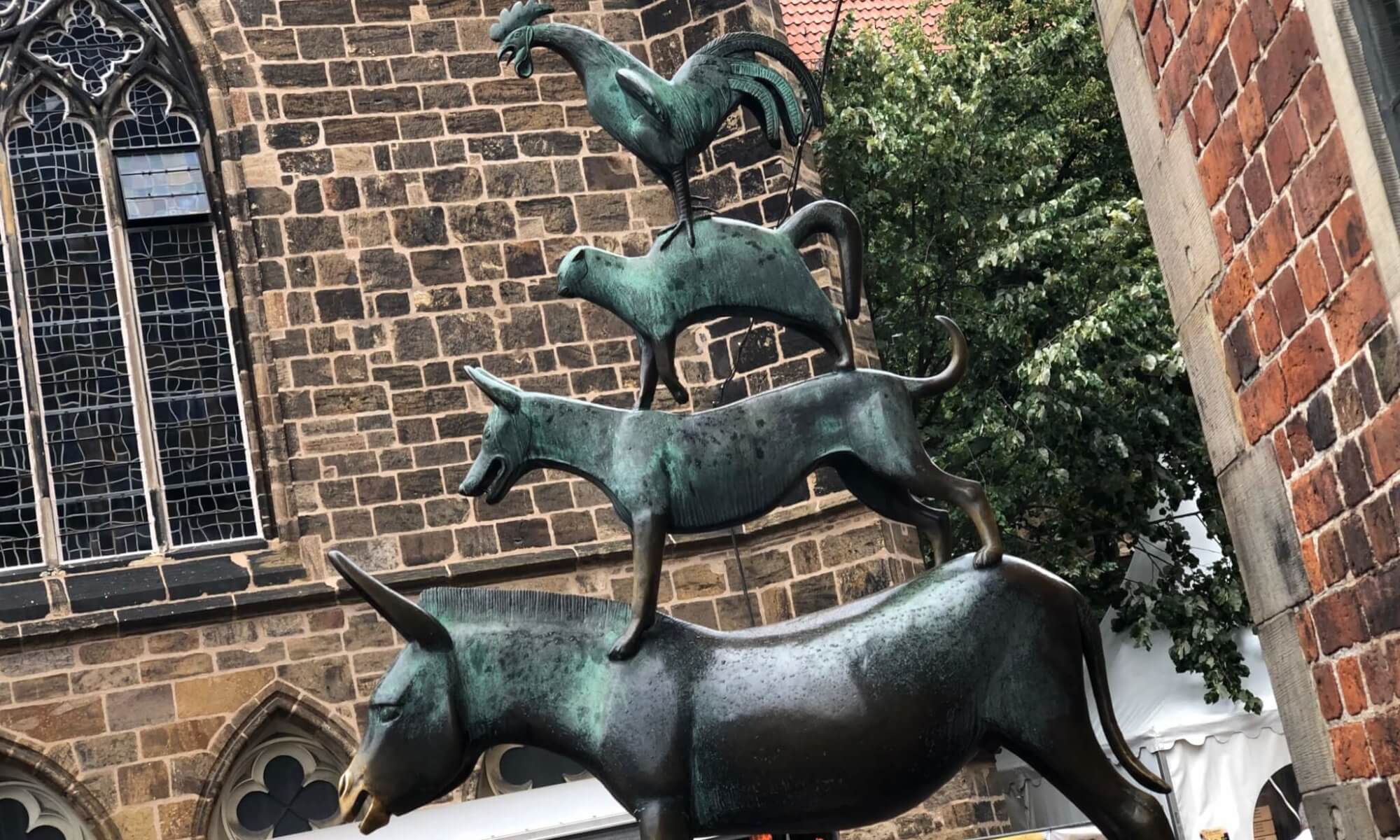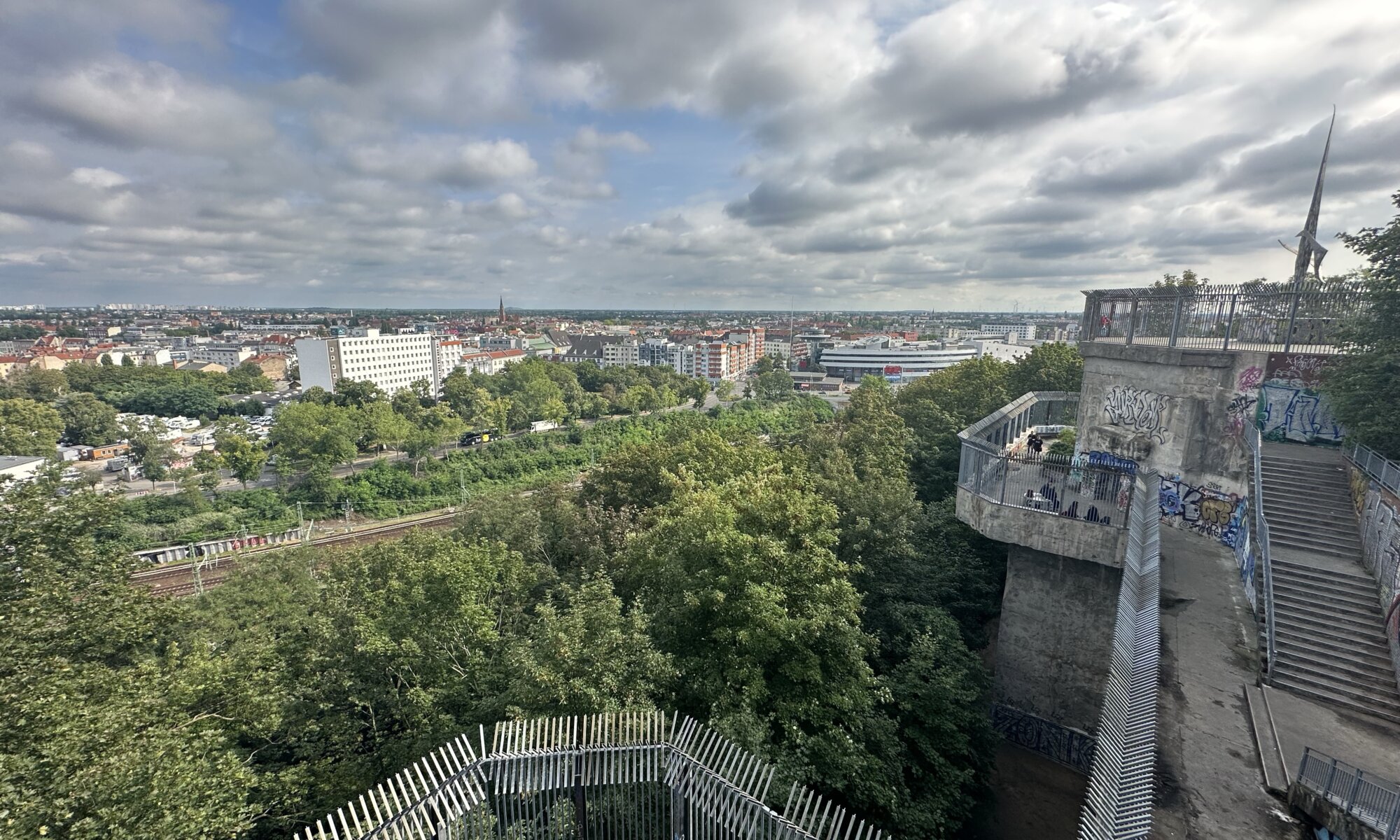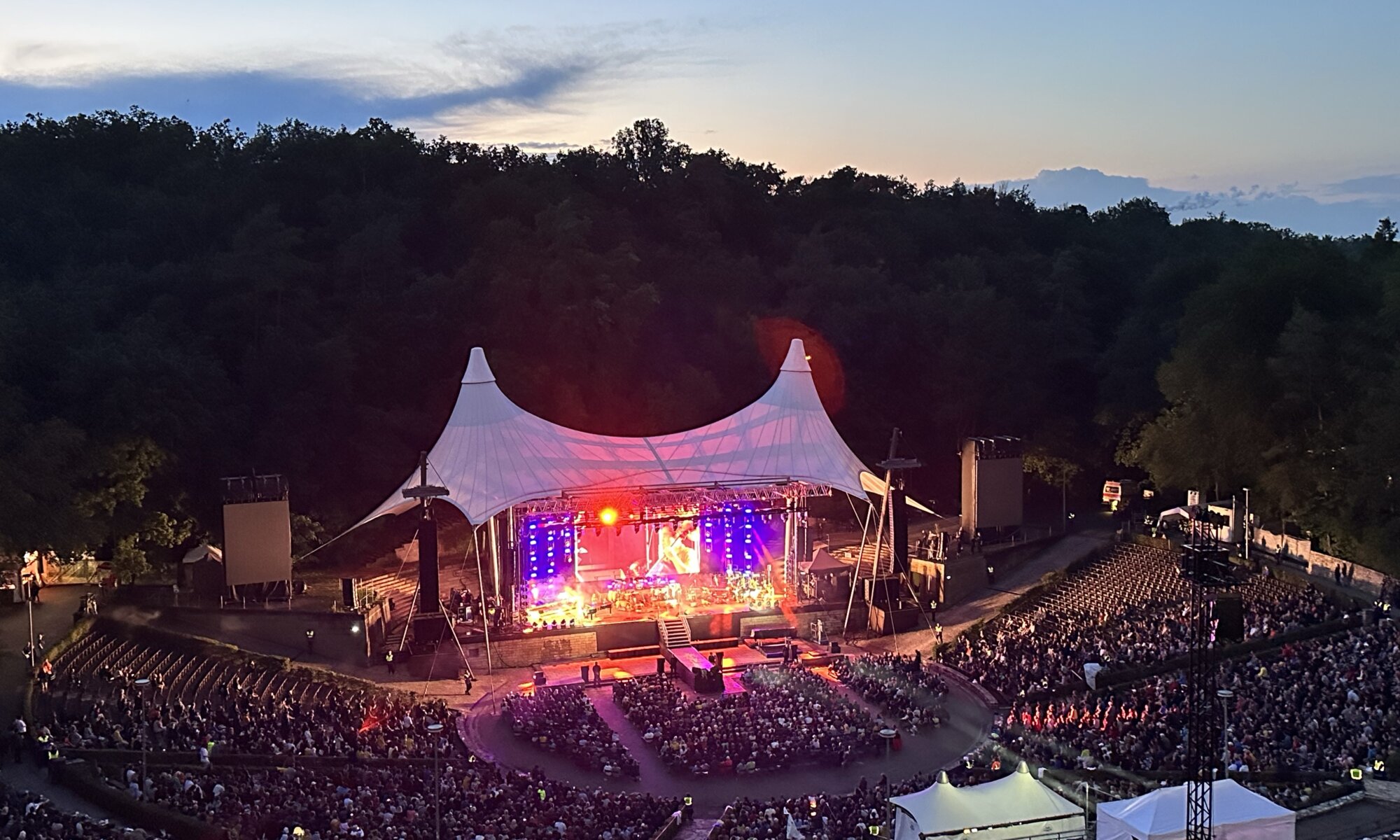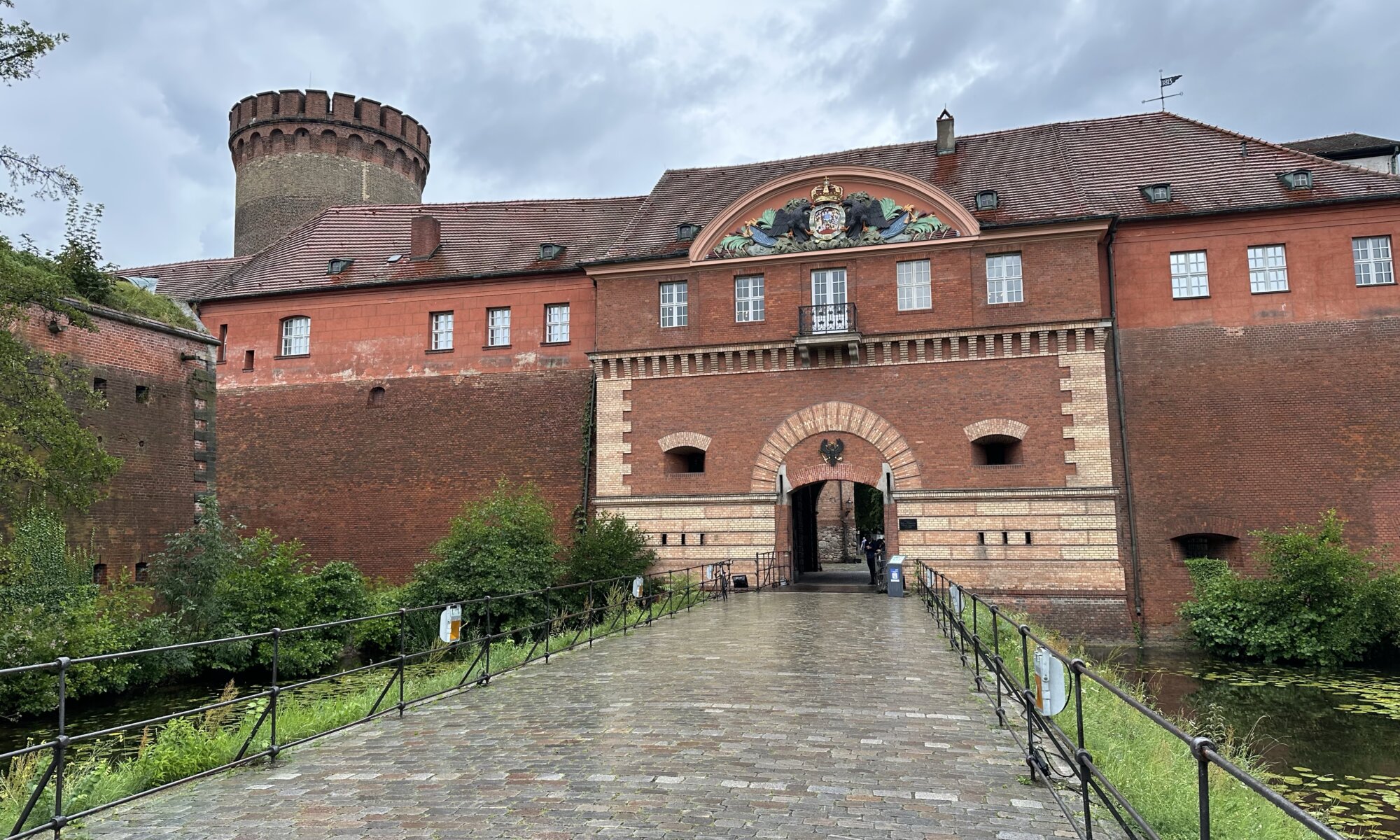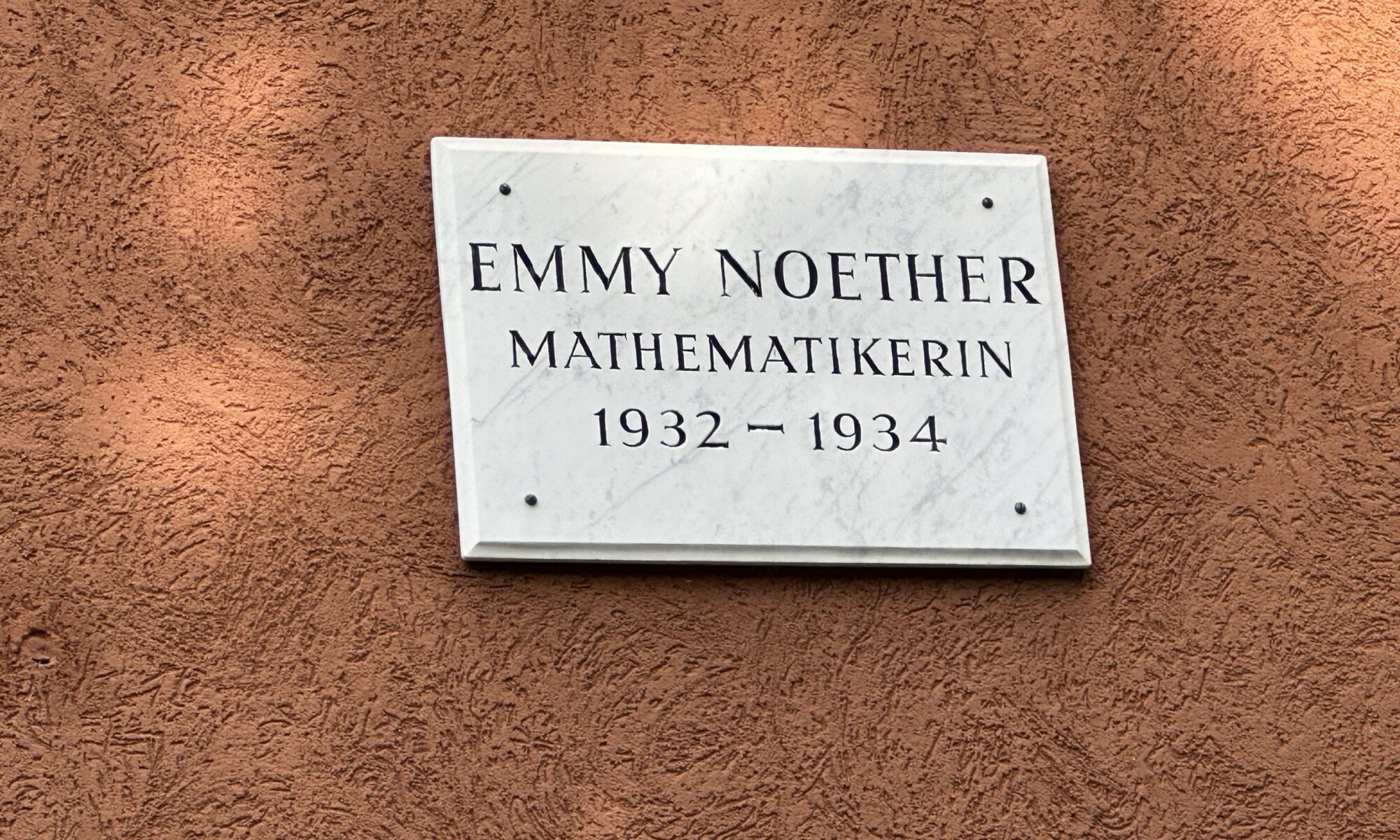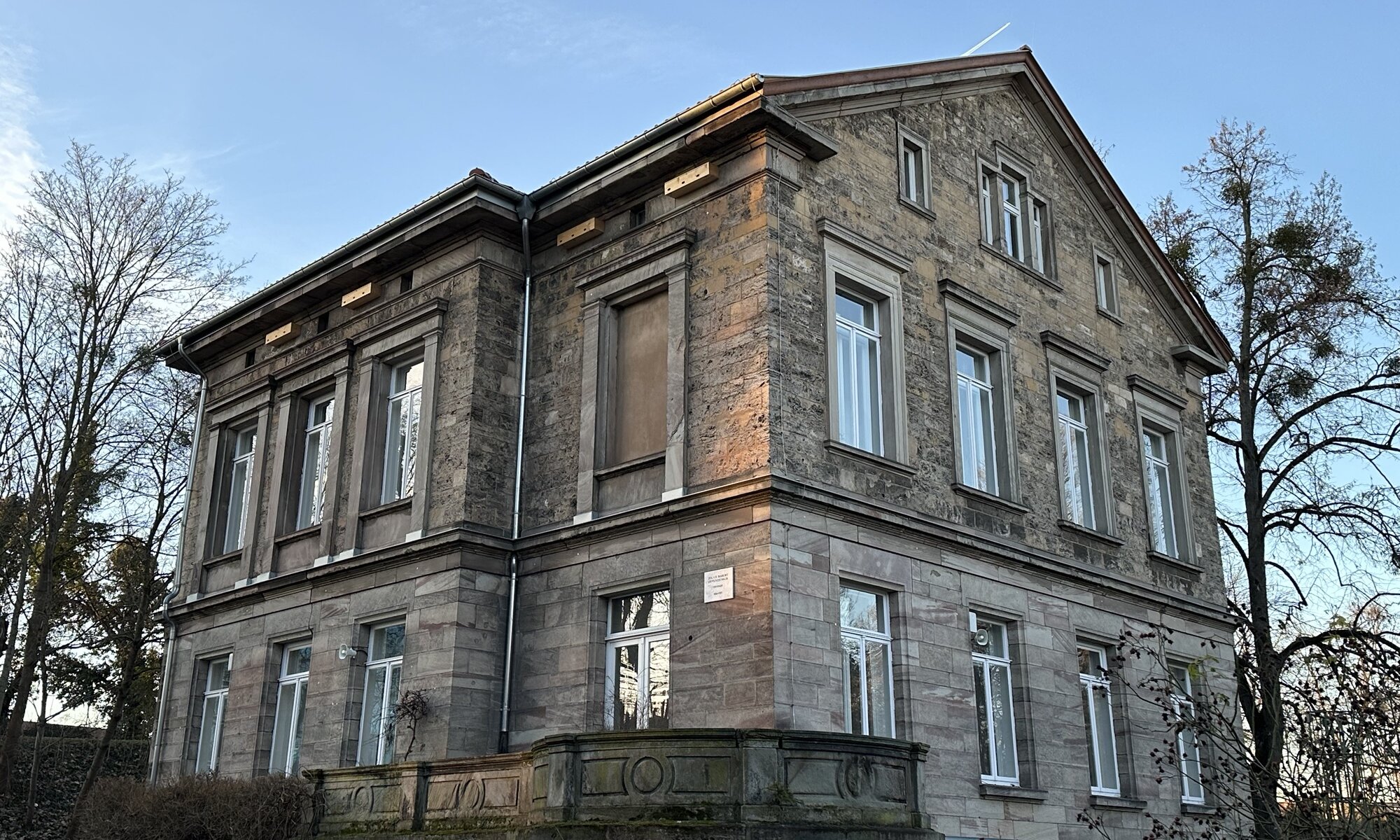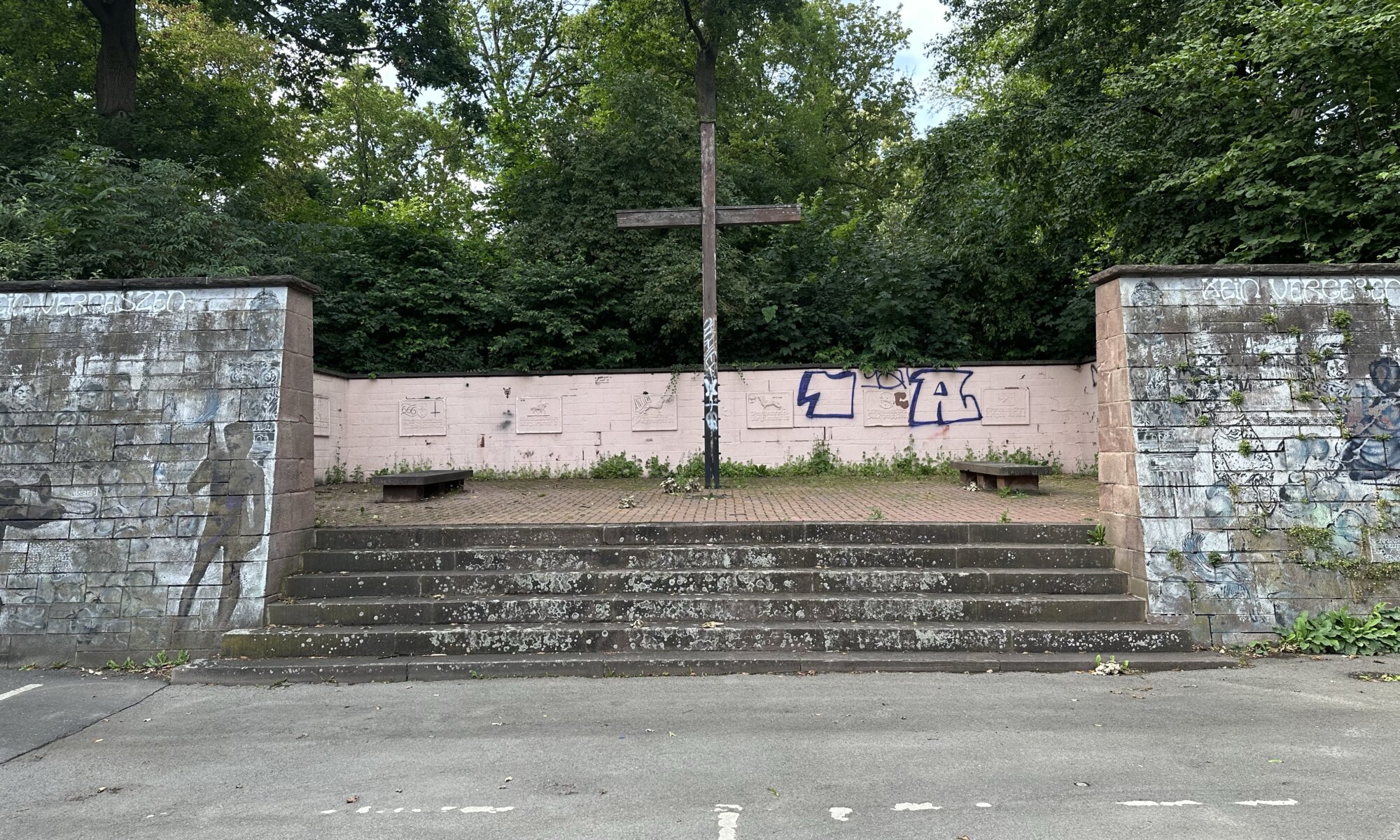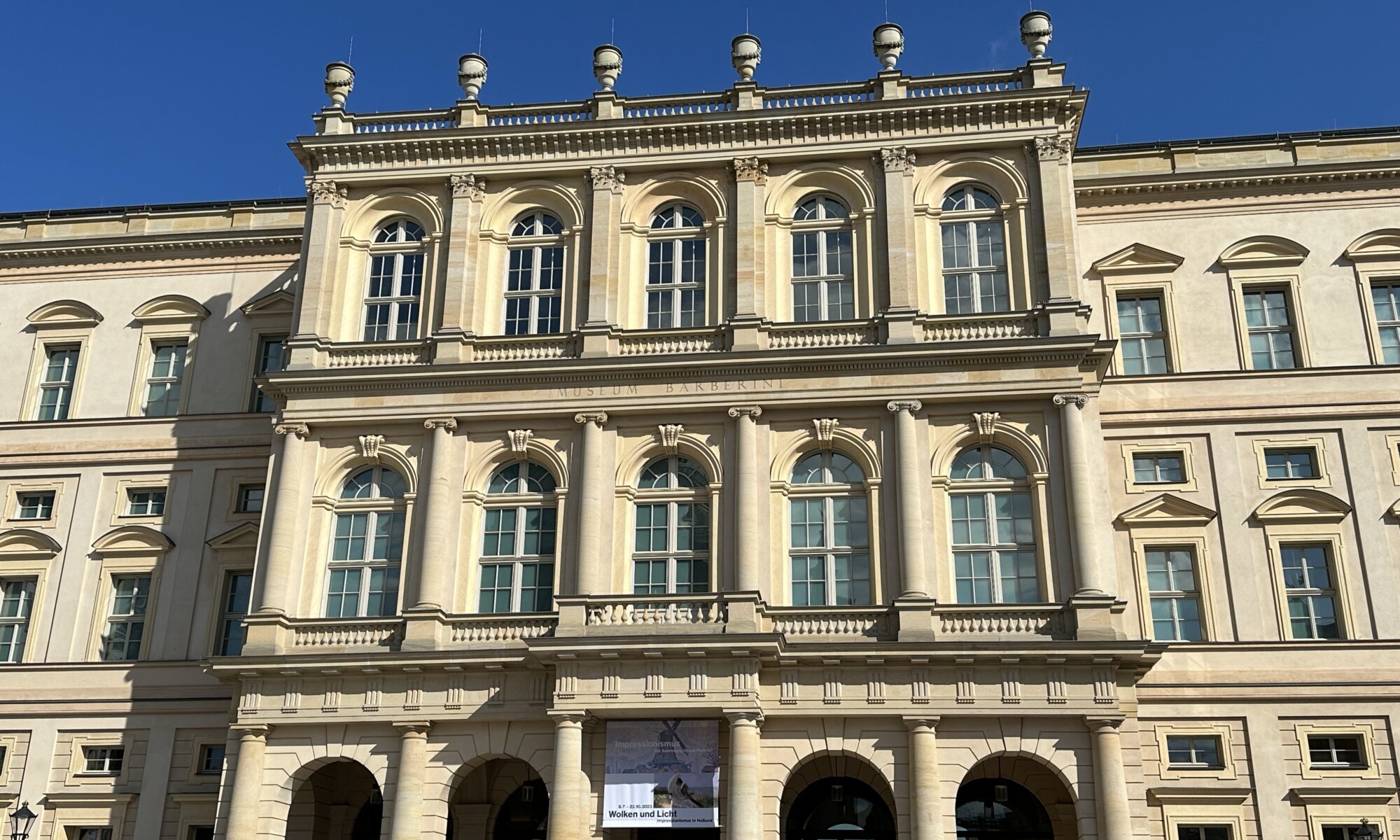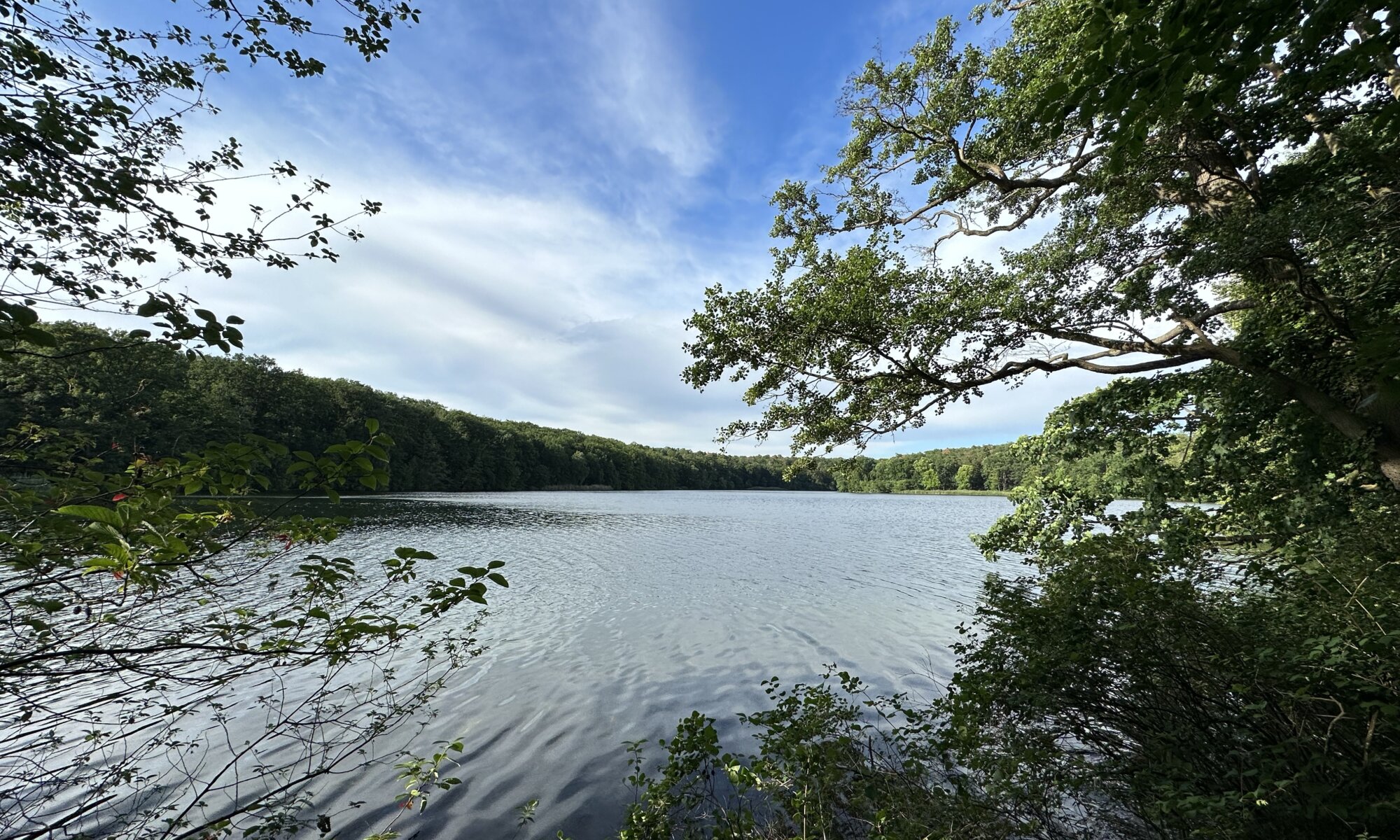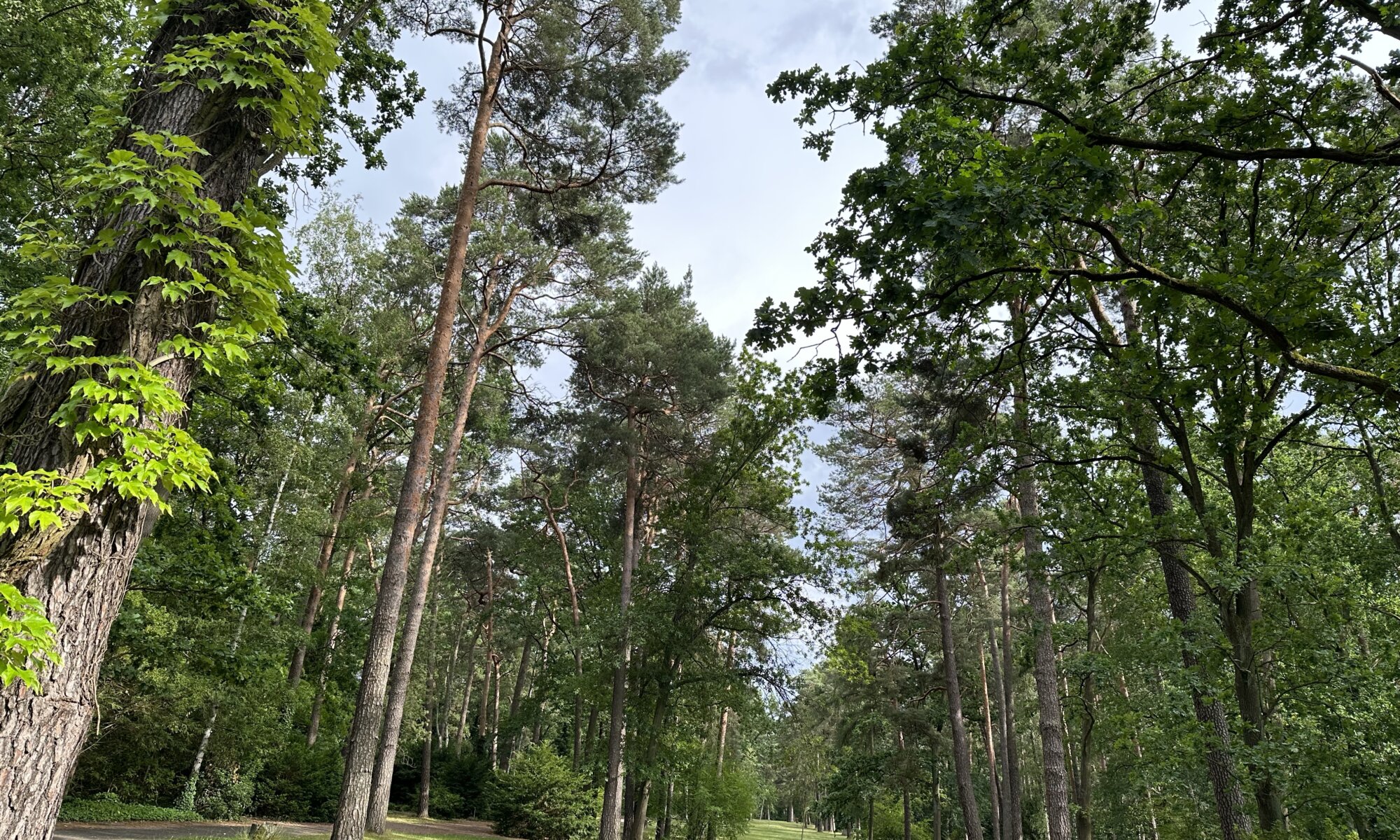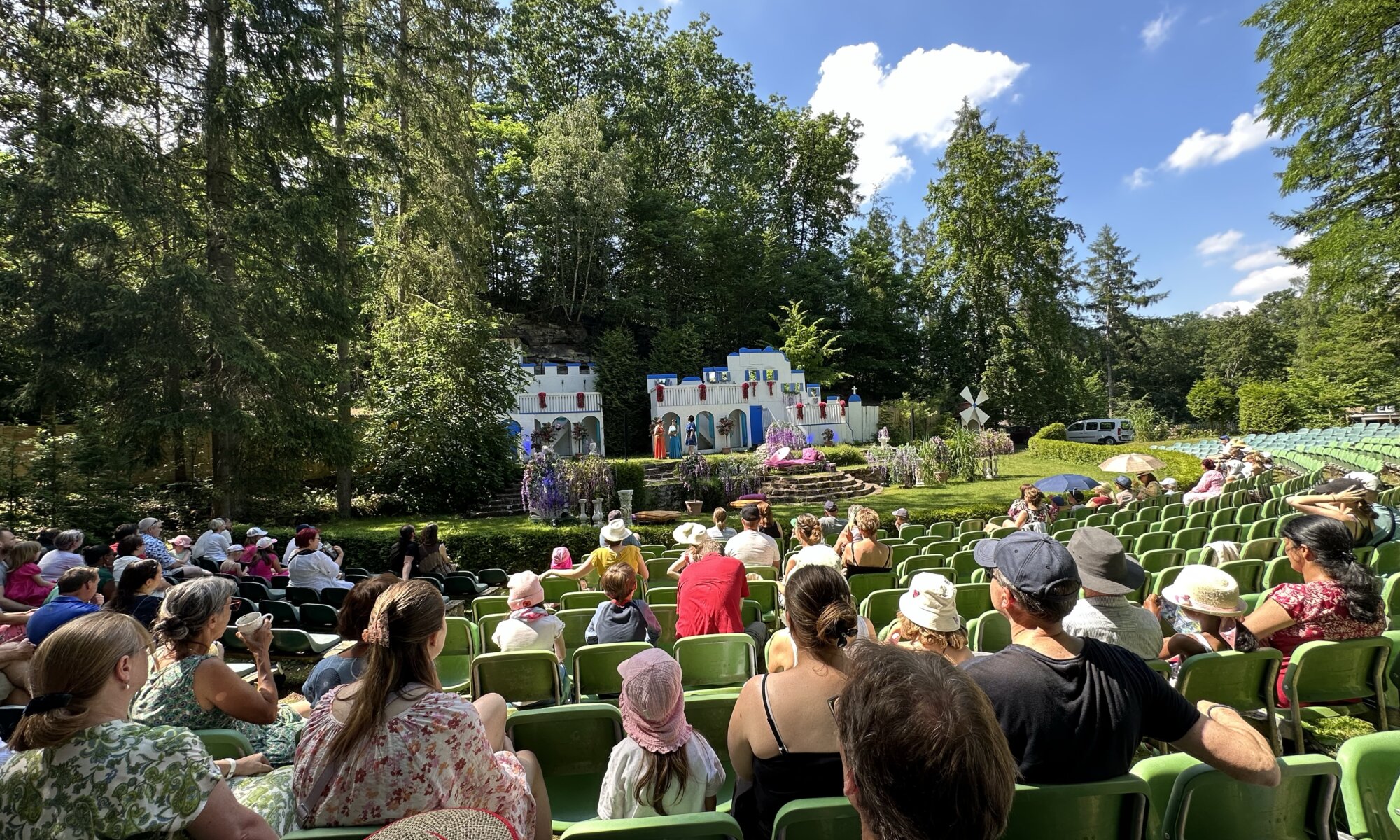The Volkspark Humboldthain is a beautiful garden in the north of Berlin. Construction works started in 1869 at the 100. anniversary of the birth of Alexander von Humboldt. It includes a nice rose garden and since 1942 a massive amount of concrete: with the use of forced labor a high-rise bunker with an anti-aircraft warfare position was built, the Flakturm Humboldthain. Flak is an abbreviation for Flugabwehrkanone meaning anti-aircraft gun.
Continue reading “Flakturm Humboldthain”Waldbühne
The Waldbühne Berlin is a fantastic open-air stage in the Murellenschlucht valley close to the Olympiastadion of Berlin. More than 22,000 persons can attend concerts and other events there; the biggest outdoor stage I’ve ever seen. It was built in 1936 for the Olympic summer games following the design of a Greek theatre. The creation was initiated by Joseph Goebbels and the layout included a VIP box for Adolf Hitler. You can still today guess in which time it was built by looking at the artworks at the entrance gates.
Continue reading “Waldbühne”Zitadelle Spandau
Everyone who has ever travelled by highspeed train to Berlin knows Spandau: It is the last stop before you reach Berlin Hauptbahnhof. Not too many tourists leave the train there, but there would be a good reason: the city has one of the oldest fortresses of the high renaissance period, the Zitadelle Spandau. It is located in the northeast of the historic city center within river Havel.
Continue reading “Zitadelle Spandau”Abstract algebra
Amalie Emmy Noether is probably the most important woman in the history of mathematics and left a strong footprint in modern algebra. She did so facing strong resistance caused by the fact that she was a woman, Jewish, and on the left politically. Emmy Noether was born at Erlangen in 1882 and started her studies at Göttingen. She returned to Erlangen after one semester until she received her PhD in mathematics there.
Continue reading “Abstract algebra”Oppenheimer
When in 2023 Christopher Nolans movie Oppenheimer came to cinemas worldwide the history of Julius Robert Oppenheimer also came back to focus. How should he be remembered? As a genius physicist? Or is the leader of the Manhattan project and creator of the first atomic bomb, the destroyer of the worlds (a quote from the Bhagavad Gita), responsible for the death of so many people at Hiroshima and Nagasaki? Or did he save many lives by helping to end World War II (as he stated himself); at a point in time when Nazi Germany already had surrendered? A question also relevant for the city of Göttingen, as Oppenheimer was living and working there for some time.
Continue reading “Oppenheimer”Rosengarten
The Rosengarten (rose garden) of Göttingen is a forgotten place close to the new town hall building and the city center, just behind the Wallanlagen. Some people might walk from the Cheltenhampark via the Albanifriedhof to the Rosengarten and discover lots of beautiful roses there – but it is typically not a place you’re visiting on purpose. Younger citizens might remember that school’s out parties where once celebrated there, others might have been at this place because it is the schoolyard of the Bonifatiusschule.
Continue reading “Rosengarten”Monet, Monet, Monet
Claude Monet is a famous French painter born at Paris in 1840. In the middle of his long career he became the founder of Impressionism, starting with his famous work Impression, soleil levant. It is an art style I like very much and to see the works of Monet you should typically visit Paris: at the Musée Marmottan Monet or the Musée de l’Orangerie for his water lilies (‘Les Nymphéas‘). But did you know that you can find the largest collection of his works outside France at the Museum Barberini of Potsdam, Germany?
Continue reading “Monet, Monet, Monet”Schlachtensee
Berlin has a lot of water in rivers and lakes. The largest lake is the Müggelsee in the East, the one most often used for swimming is the famous Wannsee. Most often considered as the most beautiful lake is the Schlachtensee at Steglitz-Zehlendorf. It has a tubular shape and is often used for swimming due to its good water quality; but you can also have long hikes along its shore or use it for diving or stand-up paddling.
Continue reading “Schlachtensee”Für dich soll‘s rote Rosen regnen
The Waldfriedhof Zehlendorf is a cemetery in a forest belonging to the city quarter Zehlendorf (now Nikolasee) of Berlin, Germany. It was created after World War II and is one of the cemeteries in Berlin where you can find the graves of celebrities which have a strong connection to the city. The cemetery still has the character of a forest and you can enjoy long walks in nice nature; while doing so you will find the graves of personalities like Jakob Kaiser, Paul Löbe, Walter Scheel and Otto Suhr.
Continue reading “Für dich soll‘s rote Rosen regnen”A Midsummer Night’s Dream
The Waldbühne Bremke is located in a forest close to the village of Bremke, belonging to the community of Gleichen. It was created in 1949 honoring the Brothers Grimm and for entertaining visitors mostly with fairytales. The Waldbühne offers 942 seats, the season is always between May and September (with a break for summer vacations). They play family-oriented classics like Snow White, Rumpelstiltskin or The Magic Flute.
Continue reading “A Midsummer Night’s Dream”